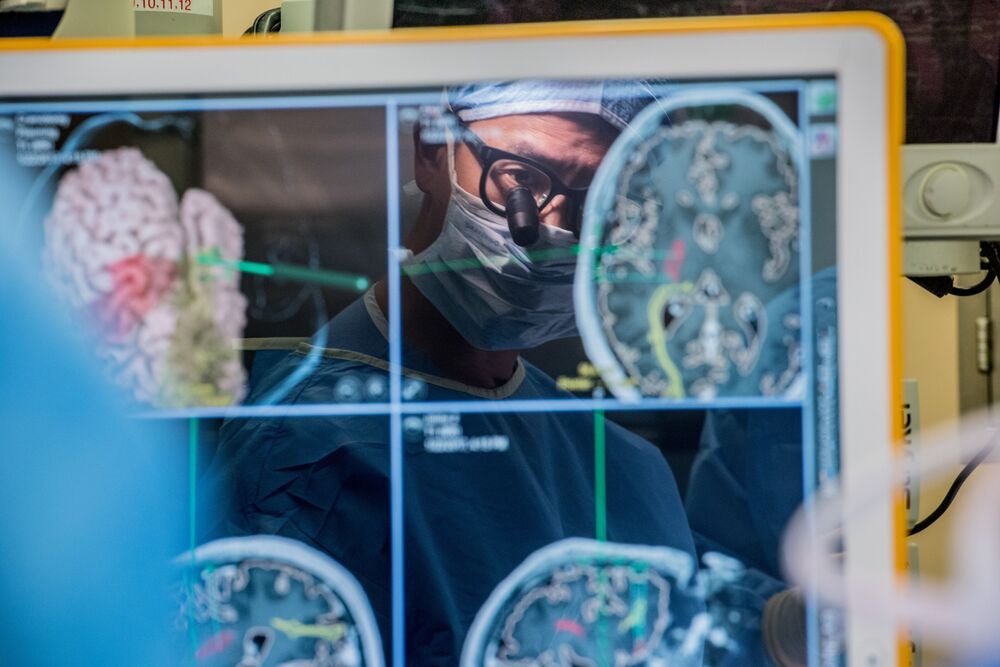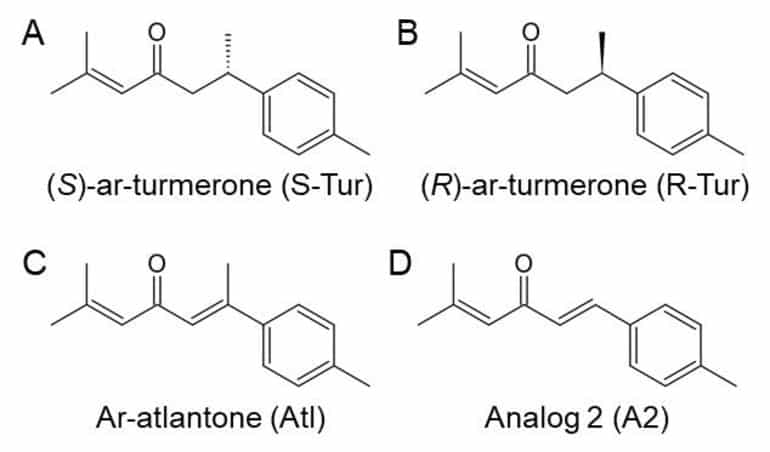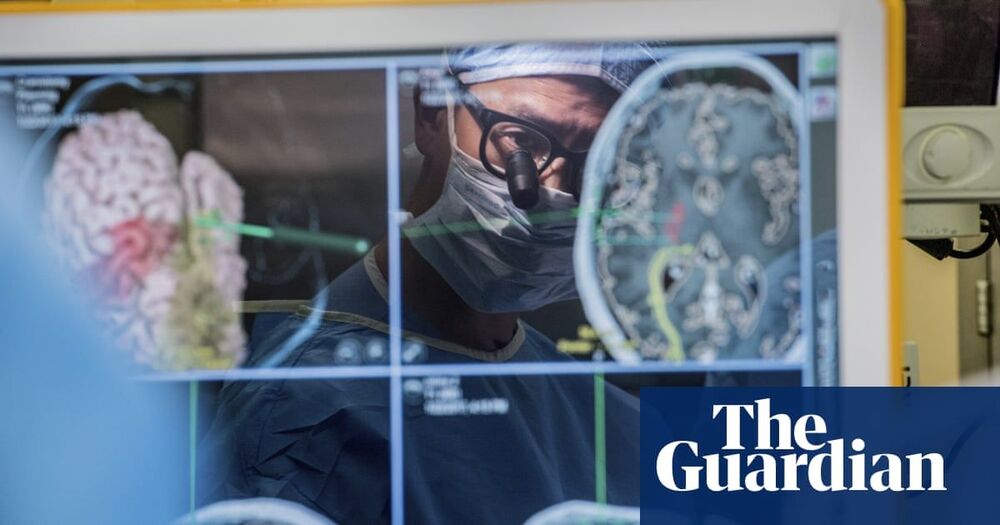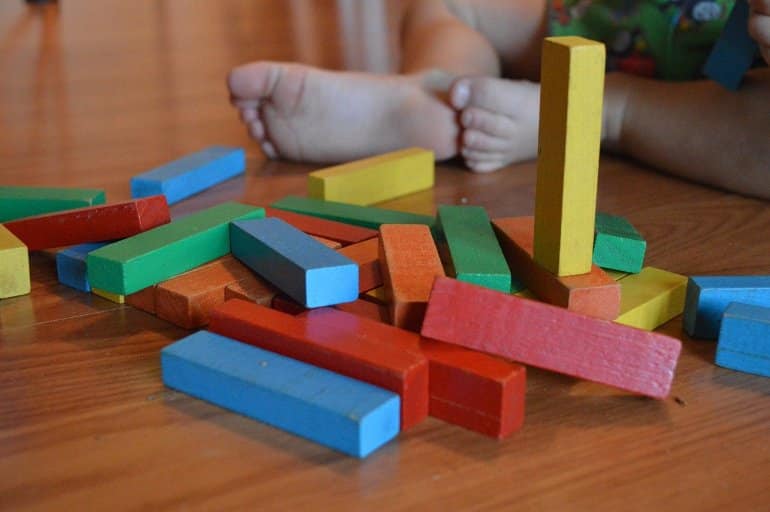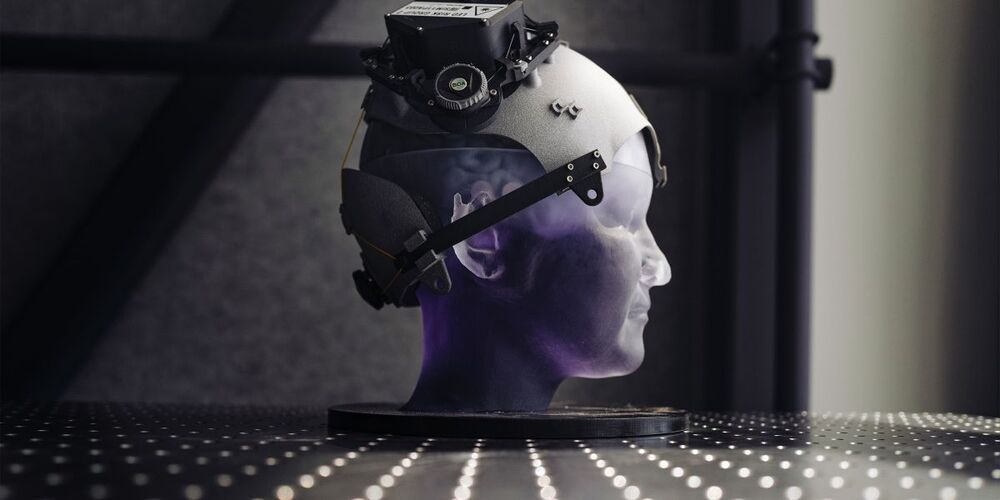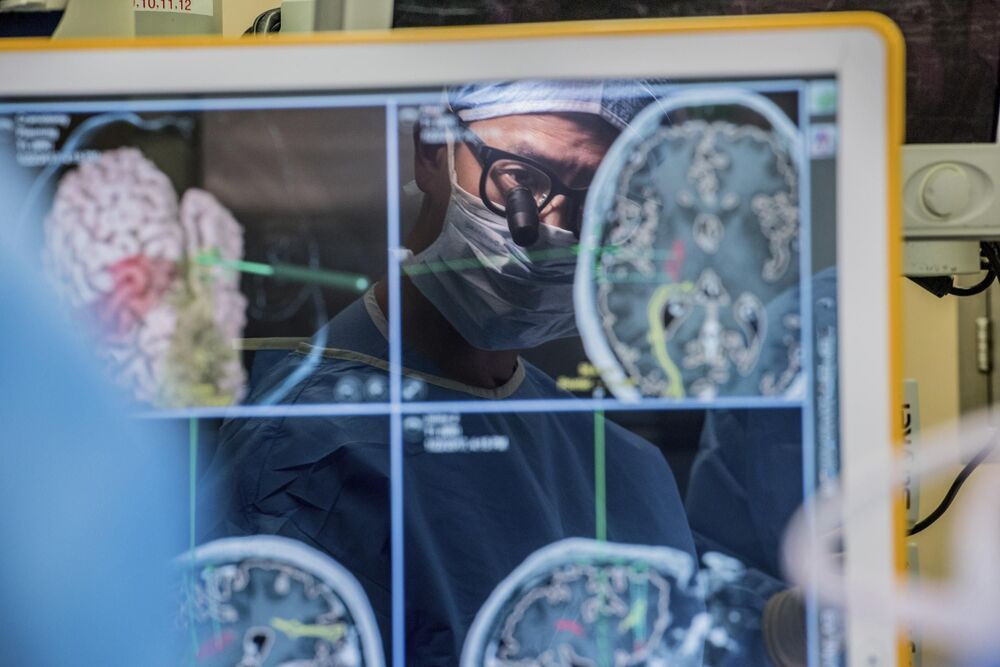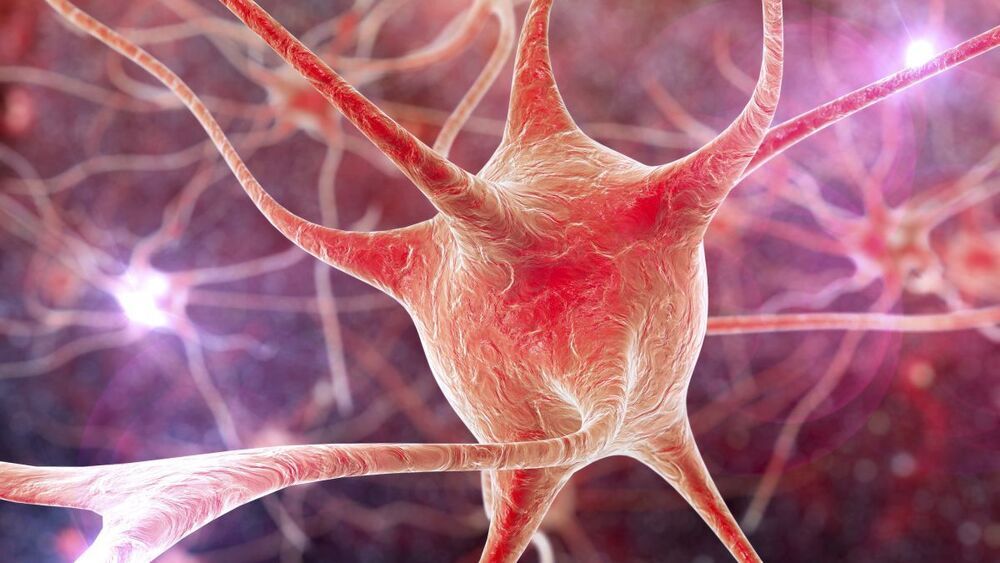We have a much better understanding of physics than we do of consciousness. I consider ways in which intrinsically mental aspects of fundamental ontology might induce modifications of the known laws of physics, or whether they could be relevant to accounting for consciousness if no such modifications exist. I suggest that our current knowledge of physics should make us skeptical of hypothetical modifications of the known rules, and that without such modifications it’s hard to imagine how intrinsically mental aspects could play a useful explanatory role. Draft version of a paper submitted to Journal of Consciousness Studies, special issue responding to Philip Goff’s Galileo’s Error: Foundations for a New Science of Consciousness.

